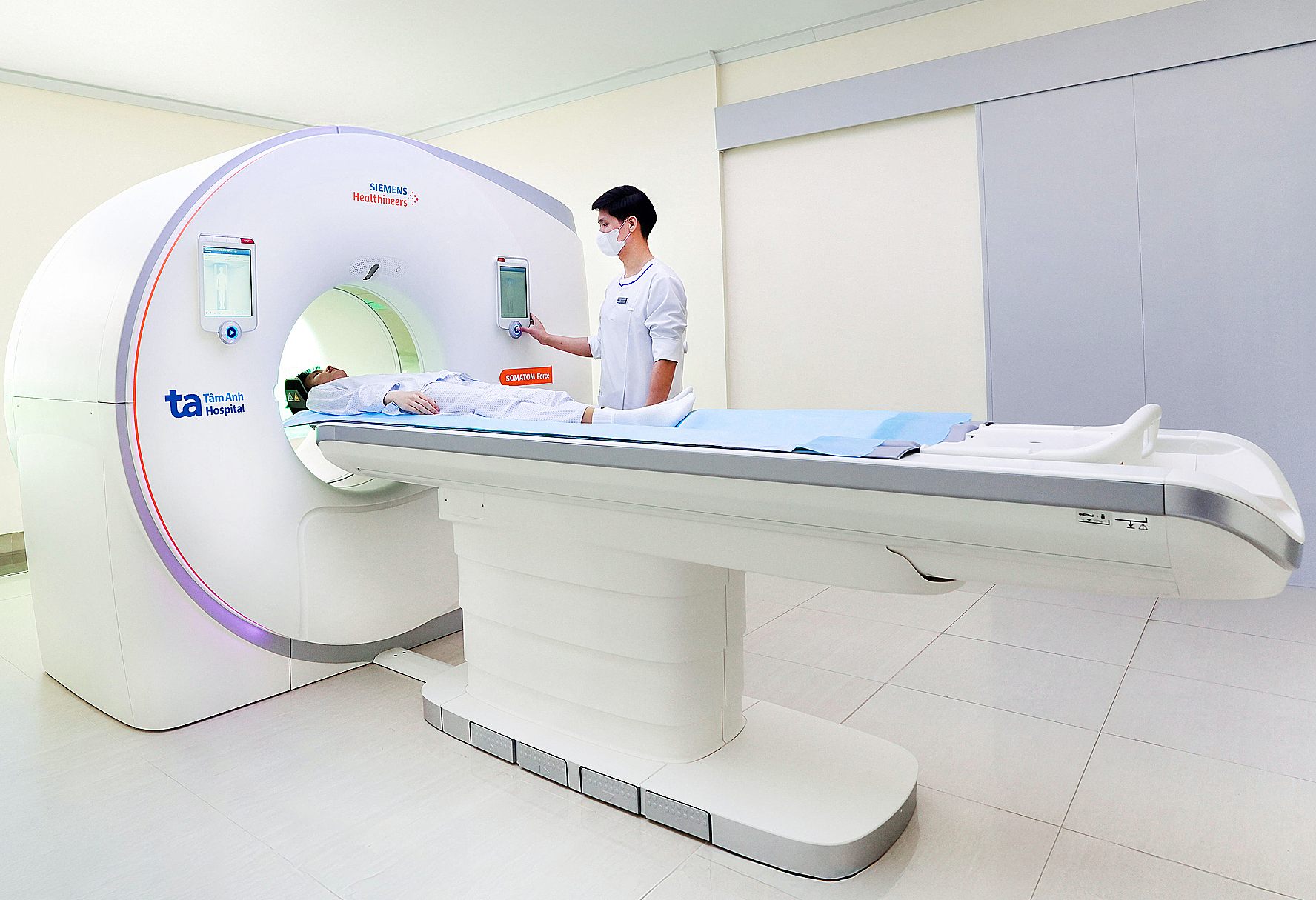Answer:
According to the US Food and Drug Administration (FDA), cigarette smoke contains over 7,000 chemicals, with more than 70 identified as carcinogens. These chemicals can cause cancer through three mechanisms: direct DNA mutation within cells, hindering normal cell function and DNA repair, and causing oxidative stress which weakens the immune system's ability to fight cancer cells.
Around 20 types of cancer are linked to smoking, categorized into five groups:
: Respiratory and head/neck cancers (lung, oral cavity, throat, nasal sinus, hypopharynx-larynx).
: Digestive system cancers (esophagus, stomach, colon, rectum).
: Urinary tract cancers (kidney, bladder, ureter).
: Blood cancers (acute myeloid leukemia (AML), chronic myeloid leukemia (CML)).
: Other organ cancers (liver, biliary tract, pancreas, breast, cervix, ovary).
The link is strongest with respiratory, head/neck, and digestive system cancers because smoke directly contacts these areas. Carcinogens absorbed through the lungs enter the bloodstream, potentially causing leukemia and reaching other organs like the liver, breast, and pancreas. The urinary tract, responsible for eliminating toxins from tobacco, is also exposed to these carcinogens, increasing the risk of kidney, bladder, and ureter cancers.
 |
Cancer screening on a CT Somatom Force VB30 machine for a long-term smoker. Illustration photo: Tam Anh General Hospital |
Lung cancer is the most common smoking-related cancer. Globocan 2022 reported over 24,400 new lung cancer cases and approximately 22,600 deaths in Vietnam.
Studies show smokers have a 17 times higher risk of lung cancer than non-smokers. The risk is 9 times higher for laryngeal cancer, 7 times for nasopharyngeal cancer, 4 times for esophageal cancer, and 3 times for nasal sinus cancer. Smoking increases the risk of other cancers by 1-3 times.
Quitting smoking significantly reduces cancer risk. Quitting for 5-10 years can halve the risk of mouth, throat, larynx, and lung cancers. After 15 years, the overall cancer risk is halved compared to those who continue smoking. After 20 years, the risk for some cancers, like mouth, throat, larynx, and pancreas, drops to near that of never-smokers.
Quitting before 40 can reduce smoking-related death risk by 90% and increase lifespan by 10 years. Since you've quit, avoid relapsing. Consult an oncologist for examination, staging, and appropriate treatment.
MSc. Dr Vuong Ngoc Duong
Deputy Head of Radiotherapy Department
Tam Anh General Hospital Hanoi
| Readers can submit questions about cancer here for doctors to answer. |












